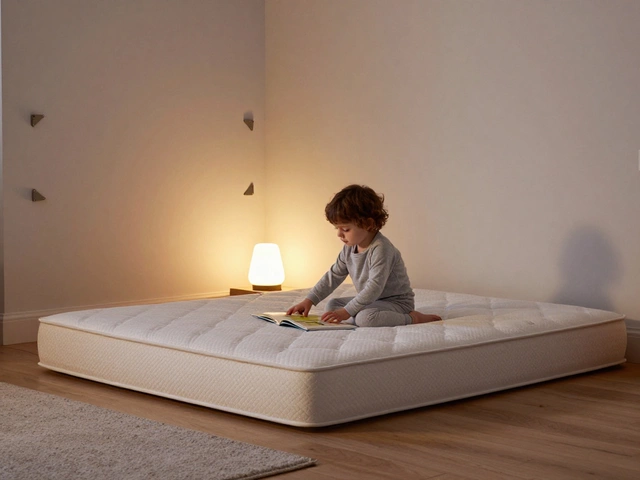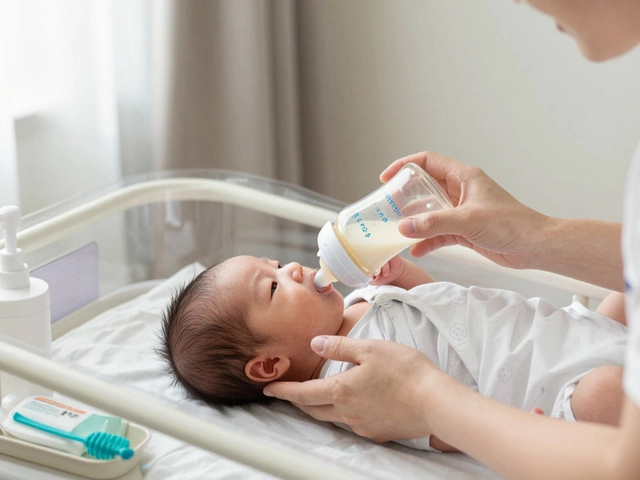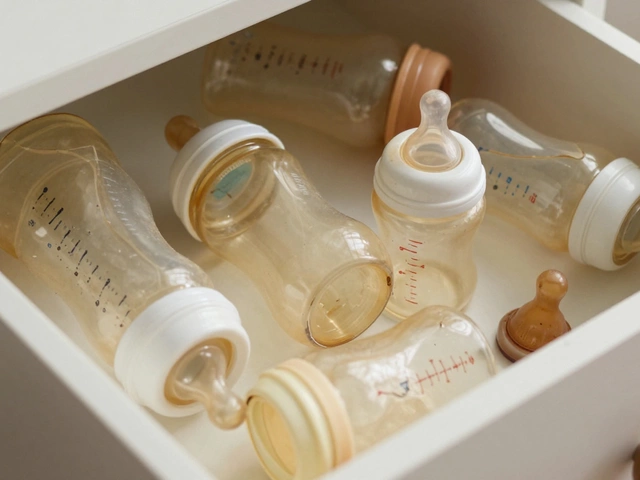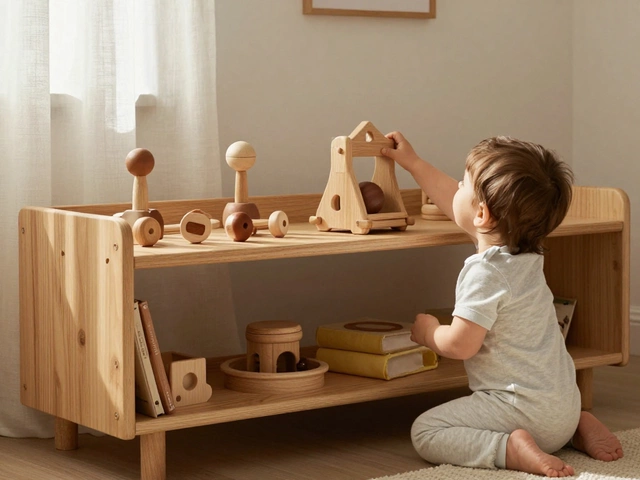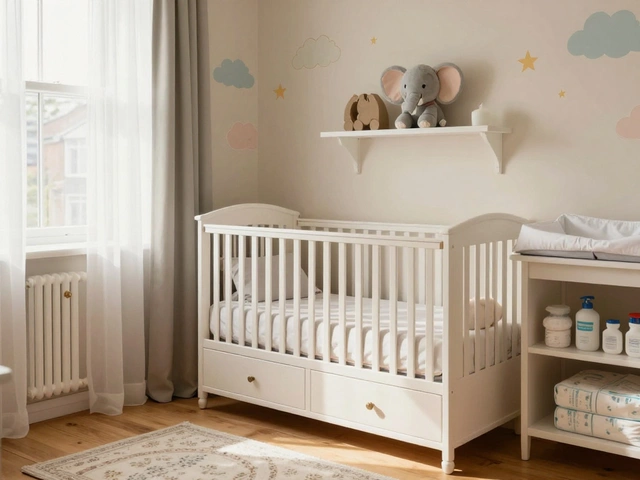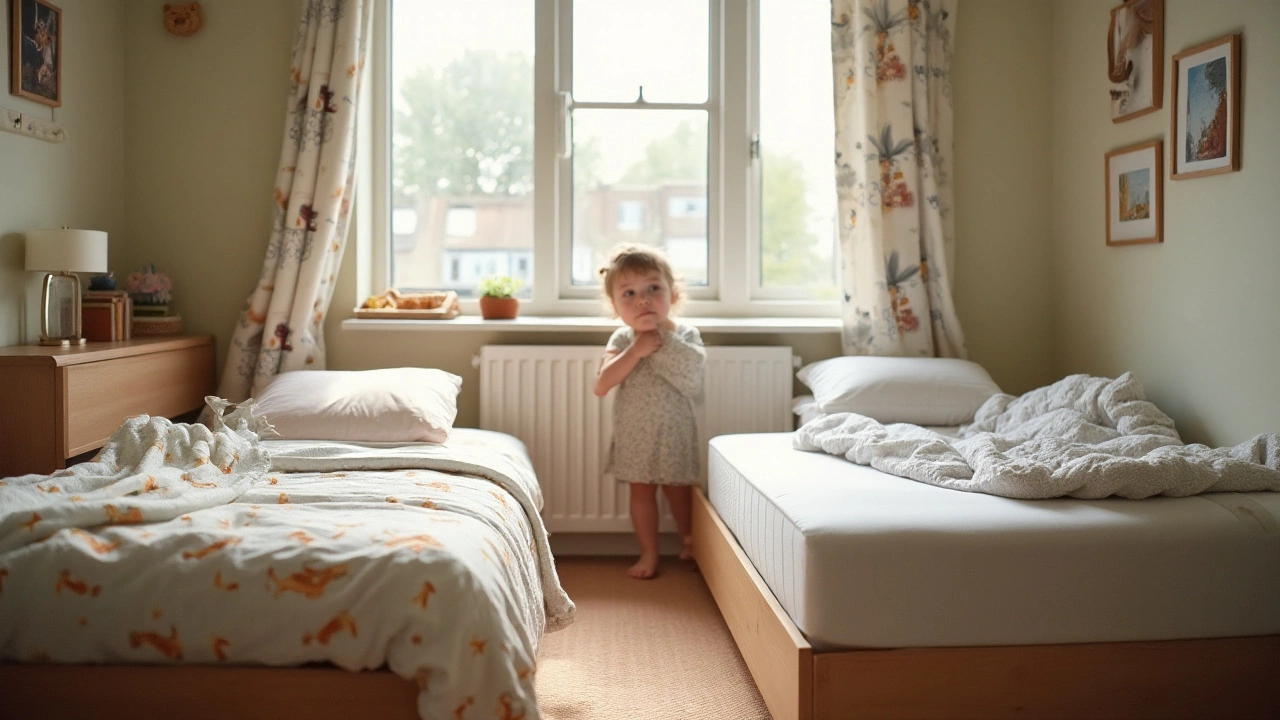
When it comes to our children's sleep, a peaceful and restful night is often a top priority for parents. Part of ensuring a good night's rest is providing the right sleep environment, which includes the choice of bedding. For toddlers transitioning from cribs to their own beds, picking between a soft or hard mattress can be a bit tricky.
This decision rests on various factors, from ensuring support for growing bones to offering enough comfort for sweet dreams. It's not just about what's trendy; it's about what feels right for your child and supports their unique sleeping habits.
In this article, we will dive into understanding how the firmness of a bed affects toddler sleep, explore the benefits of different types, and offer practical insights to aid in making an informed decision. Whether it's a cloud-like soft bed or a sturdy firm one, finding the right balance is key to nurturing healthy sleep routines.
- The Importance of Toddler Sleep Environment
- Understanding Mattress Types: Soft and Hard
- Pros and Cons of Soft Beds
- Benefits and Drawbacks of Firm Beds
- Tips for Choosing the Right Bed for Your Toddler
The Importance of Toddler Sleep Environment
Creating an optimal sleep environment for toddlers is akin to laying the foundation for a lifetime of healthy sleep habits. As these young ones transition from cribs to beds, their sleep needs become even more nuanced, requiring thoughtful consideration to promote growth and development. Sleep is not merely a time of rest; it is a critical period when a child's brain sorts through the day's experiences, consolidates learning, and supports the rapid physical growth they undergo during these early years. How a child sleeps plays a significant role in influencing their mood, behavior, and cognitive abilities the following day.
Within the sleep environment, several factors come into play, with the choice of bed topping the list. A toddler bed that strikes the right balance between comfort and support can make a world of difference. It ensures that the child feels secure and comfortable, which reduces the likelihood of sleep disturbances and provides a conducive setting for restful sleep. Evidence has shown that a well-supported spine can decrease pain complaints upon waking and lead to fewer bedtime resistance issues, often faced by many parents.
It's not just about the bed; the entirety of the sleep environment should be calming and consistent. Toddlers are creatures of habit, and their rooms should reflect that. Consistency in bedtime routines, a comforting night light, temperate room conditions, and even the absence of screen time play critical roles. According to studies from the National Sleep Foundation, screen light can disrupt melatonin production, a hormone pivotal for sleep, leading to later bedtimes and reduced sleep quality.
"Sleep is the golden chain that ties health and our bodies together," said Thomas Dekker, an early advocate for the importance of rest, a sentiment that holds true, especially for young, developing children.
Making sure their surroundings echo a sense of calm and predictability nurtures not only their bodies but also their mental well-being. Encouraging a sense of security through sleep helps toddlers grow into confident and emotionally stable individuals. Additionally, considering mattress comfort, whether a softer option or a firmer mattress type, becomes vital as these are intrinsic to their physical comfort and can deter nighttime toss and turns. Hence, understanding the importance of a toddler's sleep environment becomes imperative for any parent aiming to raise healthy and happy children.
Understanding Mattress Types: Soft and Hard
When it comes to selecting the ideal toddler beds, understanding the difference between soft and hard mattresses can make all the difference in ensuring a sound sleep. A soft mattress typically features plush cushioning, often made from materials like memory foam or latex. These are popular for the cozy, cocooning feel they provide. Parents might notice that a toddler, who moves a lot during sleep, enjoys the way a soft mattress can contour to their small bodies, absorbing movements.
In contrast, a hard mattress is constructed with firmer materials such as dense foam or innerspring systems. They are designed to offer more rigid support, which can be crucial for toddlers developing their posture and spinal alignment. While some might worry about the comfort level of a firmer bed, studies have shown that firm surfaces can promote even weight distribution, reducing pressure points throughout the body. This is particularly beneficial for growing children, whose skeletal structures are rapidly evolving.
Soft Matresses: Comfort vs. Support
Parents often lean towards soft mattresses for their toddlers due to the perceived comfort. Still, it’s important to note that too much softness can lead to issues such as sagging, which might affect the child's sleep quality over time. A high-quality soft mattress should provide a balance of softness and support, cradling the body without allowing the spine to dip unnaturally.Firm Matresses: Stability and Growth
According to experts, including pediatric sleep specialists, a firmer mattress can aid in proper skeletal development, offering the kind of stability that supports not only the spine but also the entire musculoskeletal framework. In fact, Dr. Marianella Muñoz of the Children's Sleep Institute notes,"A firm mattress can be instrumental in promoting a healthy posture during sleep, which is critical as toddlers transition through growth spurts."This kind of information is vital for parents concerned about long-term impacts on their child's posture.
When selecting a mattress, one might consider a hybrid option, which combines layers of soft foam with firm support. This can offer the best of both worlds: the comfort of a soft surface and the durability of a firm base. To facilitate this choice, examining the mattress's construction, including the layers and materials used, can provide insight into how it will perform over time.
A quick tip for parents: when testing mattresses, lie down on them with your child. Check for both immediate comfort and their behavior over longer periods. Does the mattress contour to them without sinking? Does it offer support in every position? Remember, every toddler is unique, and finding the right balance of softness and firmness can enhance not just sleep, but overall health and happiness. This decision isn’t just about a bed—it's about creating an environment for dreams and growth.
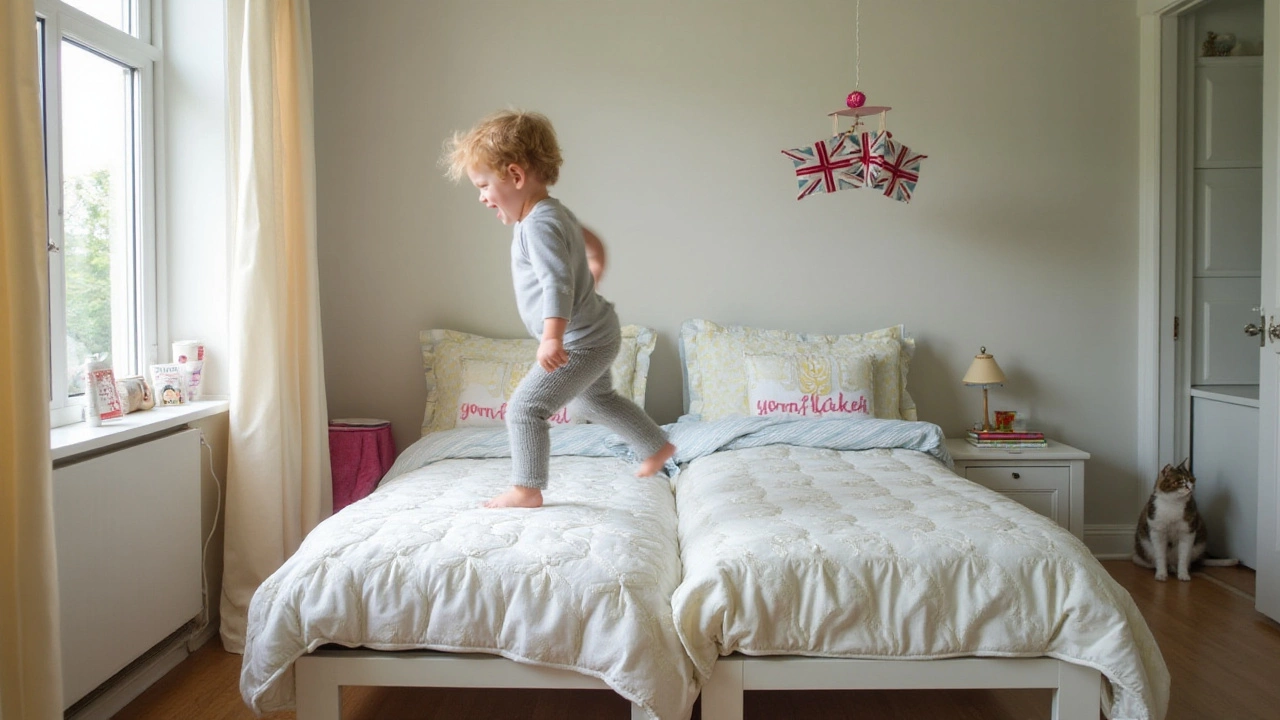
Pros and Cons of Soft Beds
It's often said that a bed as soft as a cloud can be the ultimate comfort zone for anyone, including our little ones. When deciding on toddler beds, many parents consider soft mattresses thinking they offer an unparalleled cocoon of comfort and security. This is not without reason, as soft beds can indeed provide substantial comfort that helps young children ease into a restful slumber. They often help children who like the feel of being nestled snugly, which mimics the sensation they might have had during their time in a crib. Additionally, a soft bed can cushion slight movements during sleep, potentially reducing wakefulness caused by tossing and turning. However, the story doesn't end here, as with benefits come a few drawbacks worth noting. Soft mattresses might not offer enough support for a toddler's developing bones and spine, potentially leading to posture issues over time. While they offer immediate comfort, children's bodies also need adequate support to maintain healthy alignment. There's also the possibility that a very soft bed can pose a significant hindrance in mobility, making it difficult for toddlers to find a comfortable position during sleep.
"Choosing the right mattress for a toddler is crucial", states pediatric sleep expert Dr. Amanda Wright. "While comfort is key, so is providing the right skeletal support, which is why parents need to weigh these factors carefully."
Another aspect to consider is the durability of soft beds. These mattresses often tend to sag or lose form quicker than firmer beds, especially when subjected to the playful antics of energetic toddlers. This can lead to additional expense, as a replacement or reinforcement might be needed sooner rather than later. Hygiene and upkeep can also be challenging; a soft surface is more susceptible to absorbing spills and stains, which can become problematic if your toddler often brings beverages or has accidents. On the other hand, some children with certain sensory processing needs may benefit significantly from the plush comfort of a soft bed, which makes them feel secure and aided in their sleep routine. It's about finding that unique balance that suits each child, recognizing that what works for one may not work for another. Understanding and anticipating your child’s needs becomes as essential as the choice itself. Making an informed decision is key, and as parents, the right path might often be a gentle mix of trial and error coupled with informed choices based on your unique understanding of your child's sleeping patterns and needs.
Benefits and Drawbacks of Firm Beds
When considering a firm bed for a toddler, the primary question arises: How does firmness impact their delicate bone structure and sleep quality? A firm bed can significantly influence a child's spine alignment during sleep. It's known that proper alignment promotes healthy growth and development, as it reduces pressure on developing bones and joints. This results in a more natural sleeping position, which many health experts agree is essential for toddlers. For instance, studies suggest that a firm surface helps maintain the spine's natural curve, preventing the body from sinking in ways that could disturb structural growth.
One key advantage of a firm bed is its durability. These beds tend to last longer than softer mattresses, making them a practical choice for families who want to invest in a long-term solution. The sturdiness offers consistent comfort without the risk of sagging over time, which could lead to uncomfortable valleys that disrupt sleep. Parents often note that firm mattresses don't trap heat as much as softer options, ensuring that the child stays comfortably cool, particularly in warmer climates.
"A firm mattress supports the body's frame better and avoids back pain by preventing unnatural sinking," explains Dr. Eleanor Marks, a pediatric sleep consultant based in London.While there are clear benefits, it's equally important to be aware of the potential drawbacks. Some toddlers may find the hardened surface uncomfortable at first, especially if they are transitioning from a softer crib mattress. This discomfort might lead to increased bedtime resistance or interrupted sleep cycles initially. That being said, children are remarkably adaptable, often adjusting to the firmness faster than parents might expect.
Parents should take into account their child's specific preferences and any advice from healthcare providers, especially if the child has particular posture or orthopedic needs. Engaging a child during the selection process can help in making an informed choice. Look out for signs of your child's sleeping habits, such as whether they tend to sleep on their back, side, or stomach, as this can offer clues about their comfort needs. Considering these factors will aid in maintaining a balance between healthy sleep posture promoted by firm beds and the child's comfort concerns. Ultimately, consulting with pediatricians or sleep specialists can provide tailored advice suited to each toddler’s needs.
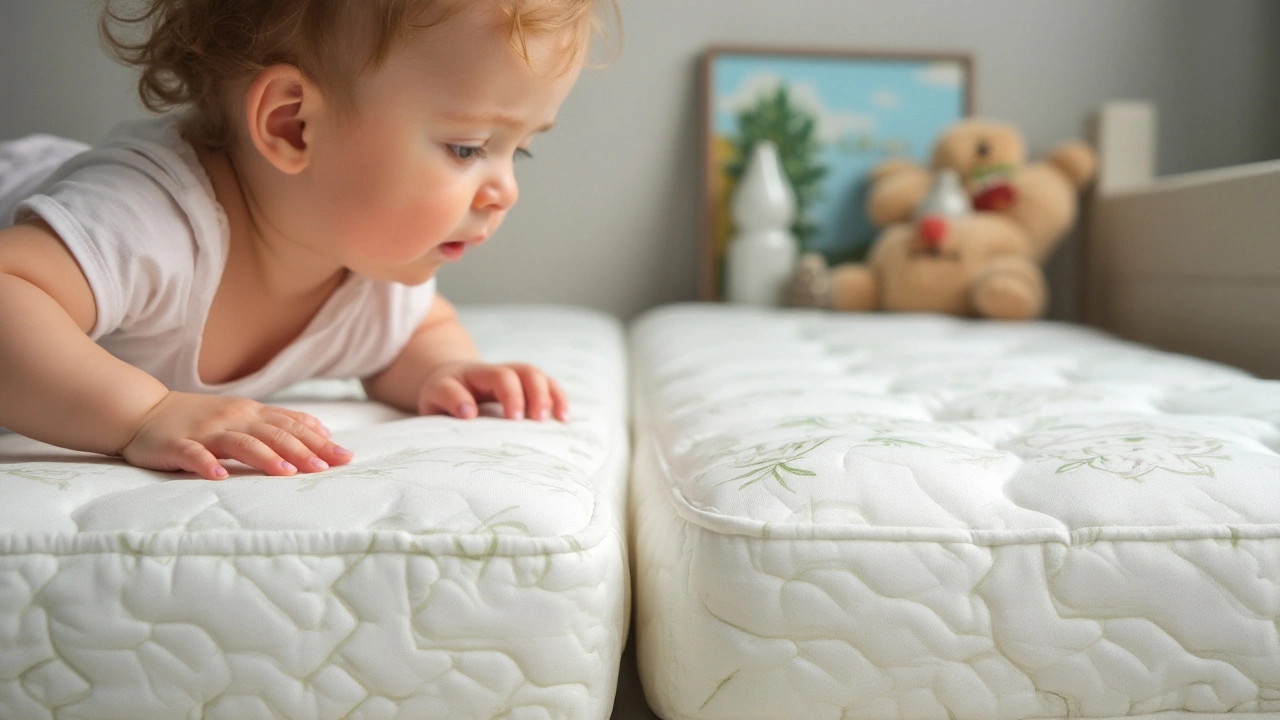
Tips for Choosing the Right Bed for Your Toddler
Choosing a bed for your toddler is a task filled with possibilities and considerations. It is imperative to look beyond the aesthetics and focus on the functionality and comfort that a bed can offer. When selecting between a soft and hard bed, it is crucial to keep the unique needs of your child in mind. Every toddler is different, with their own set of preferences that can significantly impact their sleep quality. Parents should take note of their child's sleep patterns and any particular habits, like tossing or turning, which might indicate a need for extra support or cushioning. Creating a sleep-conducive environment is about understanding these nuances.
A child's sleep is intrinsically linked to their growth and development. The right toddler bed can support this process by fostering a healthy sleeping posture. While soft mattresses are often equated with comfort, they may lack the necessary support for proper spinal alignment. On the flip side, overly firm mattresses can cause discomfort by pressing too hard against sensitive joints. Striking a balance is crucial, and this might mean looking for a medium-firm mattress that offers both comfort and support. Well-regarded sleep expert Dr. Sarah Anderson notes, "A supportive mattress doesn't have to be hard; it just needs to be firm enough to maintain alignment while being soft enough for comfort."
Parents should also consider the material and construction of the mattress. Hypoallergenic materials can be beneficial for children prone to allergies or asthma, as they deter the accumulation of dust mites. Checking for certifications like CertiPUR-US, which ensures the foam used is made without harmful chemicals, can offer peace of mind. Moreover, looking for mattresses with removable and washable covers can be a practical choice, as toddlers can often lead to unexpected nighttime mishaps.
Size matters when transitioning to a toddler bed. Ensuring the bed is appropriately sized will prevent the child from feeling cramped or overwhelmed. Beds that are too high off the ground can pose safety risks, so it might be worth investing in a bed with railings or a lower profile. Additionally, involving your toddler in the decision-making process by allowing them to choose the bed's theme or design can instill a sense of ownership and excitement about their new sleeping arrangement.
Lastly, the addition of high-quality mattress comfort enhancers like toppers or pads can make a bed more inviting without compromising on the needed support. Mattress toppers can be particularly useful for parents who need to modify an existing mattress, adding a layer of soft or firm cushioning to suit their toddler's needs. By embracing these various considerations, you can ensure your child's transition to a big-kid bed is smooth and conducive to restful nights.


